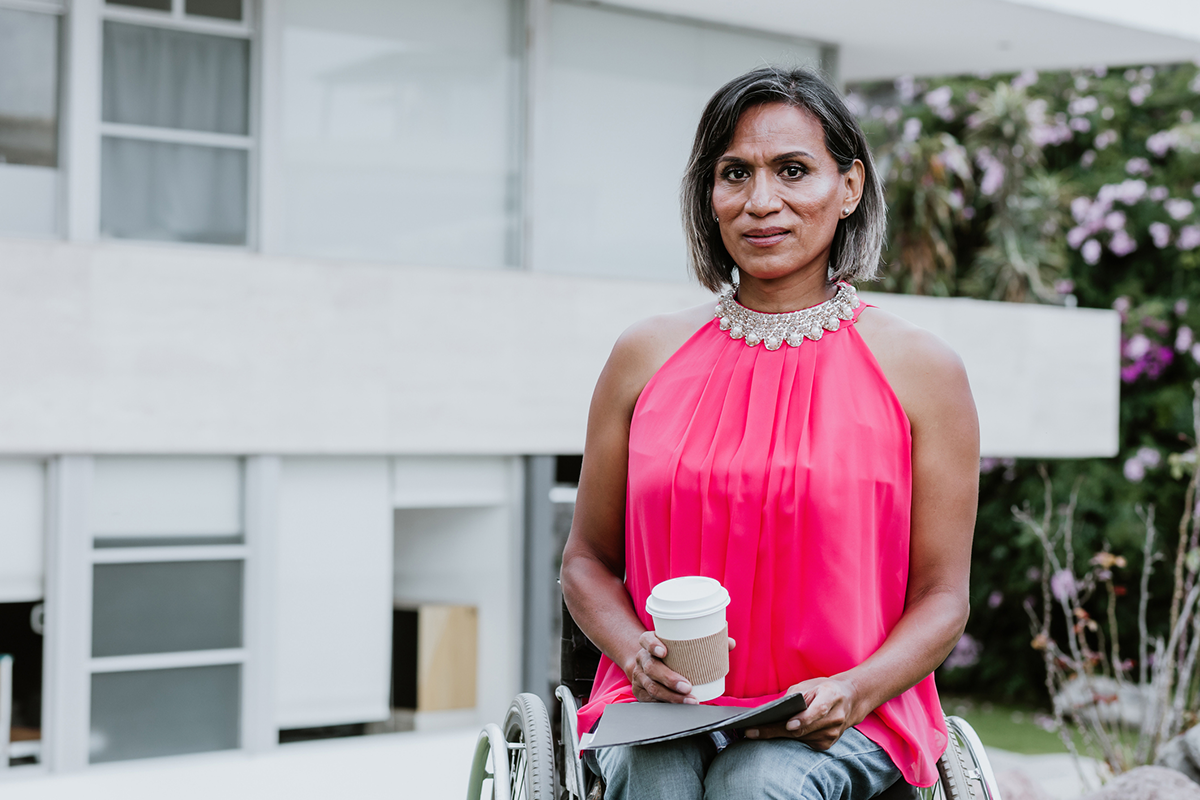Adan, M., Scribani, M., Tallman, N., Wolf-Gould, C., Campo-Engelstein, L., & Gadomski, A. (2021). Worry and wisdom: A qualitative study of transgender elders’ perspectives on aging. Transgender Health, 6, 332–342. https://doi.org/10.1089/trgh.2020.0098
Barefoot, K. N., Smalley, K. B., & Warren, J. C. (2018). LGBT health: Meeting the needs of gender and sexual minorities. Springer Publishing Company, LLC.
Carroll, R., & Bisshop, F. (2022). What you need to know about gender‐affirming healthcare. Emergency Medicine Australasia, 34(3), 438–441. https://doi.org/10.1111/1742-6723.13990
Catlett, L., Acquaviva, K. D., Campbell, L., Ducar, D., Page, E. H., Patton, J., & Campbell, C. (2023). End-of-life care for transgender older adults. Global Qualitative Nursing Research, 10, 233339362311611. https://doi.org/10.1177/23333936231161128
Coleman, E., Radix, A. E., Bouman, W. P., Brown, G. R., de Vries, A. L. C., Deutsch, M. B., Ettner, R., Fraser, L., Goodman, M., Green, J., Hancock, A. B., Johnson, T. W., Karasic, D. H., Knudson, G. A., Leibowitz, S. F., Meyer-Bahlburg, H. F. L., Monstrey, S. J., Motmans, J., Nahata, L., … Arcelus, J. (2022). Standards of care for the health of transgender and gender diverse people, version 8. International Journal of Transgender Health, 23(Suppl. 1), S1–S259. https://doi.org/10.1080/26895269.2022.2100644
Fredriksen-Goldsen, K. I. (2011). Resilience and disparities among lesbian, gay, bisexual, and transgender older adults. The Public Policy and Aging Report, 21(3), 3. https://doi.org/10.1093/ppar/21.3.3
Fredriksen-Goldsen, K. I., Kim, H.-J., Goldsen, J., Shiu, C., & Emlet, C. A. (2016). Addressing social, economic, and health disparities of LGBT older adults & best practices in data collection. LGBT+ National Aging Research Center, University of Washington
Hagai, E. B., Annechino, R., Young, N., & Antin, T. (2020). Intersecting sexual identities, oppressions, and social justice work: Comparing LGBTQ baby boomers to millennials who came of age after the 1980s AIDS epidemic. Journal of Social Issues, 76, 971–992. https://doi.org/10.1111/josi.12405
Hardacker, C. T., Chyten-Brennan, J., & Komar, A. (2019). Transgender physiology, anatomy, and aging: A provider’s guide to gender-affirming surgeries. In C. Hardacker, K. Ducheny, & M. Houlberg (Eds.), Transgender and gender nonconforming health and aging (pp. 37–60). Springer
Houlberg, M. (2019). Endocrinology, hormone replacement therapy (HRT), and aging. In C. Hardacker, K. Ducheny, & M. Houlberg (Eds.), Transgender and gender nonconforming health and aging (pp. 21–35). Springer
Knauer, N. J. (2016). LGBT older adults, chosen family, and caregiving. Journal of Law and Religion, 31(2), 150–168. https://doi.org/10.1017/jlr.2016.23
Office for Civil Rights (2022, March 2). HHS notice and guidance on gender-affirming care, civil rights, and patient privacy. U.S. Department of Health and Human Services. https://www.hhs.gov/sites/default/files/hhs-ocr-notice-and-guidance-gender-affirming-care.pdf
Office for Civil Rights. (2023, February 3). Section 1557 of the patient protection and affordable care act. U.S. Department of Health and Human Services: Enhancing the health and well-being of all Americans. https://www.hhs.gov/civil-rights/for-individuals/section-1557/index.html
Stein, G. L., Berkman, C., O’Mahony, S., Godfrey, D., Javier, N. M., & Maingi, S. (2020). Experiences of lesbian, gay, bisexual, and transgender patients and families in hospice and palliative care: Perspectives of the palliative care team. Journal of Palliative Medicine, 23, 817–824. https://doi.org/10.1089/ jpm.2019.0542
Sumerau, J. E., Miller, J. F., & Capello, J. (2023). Transgender chosen families and online communities. In The Rowman & Littlefield Handbook of Transgender Studies (pp. 152–160). Rowman & Littlefield.
University of North Dakota Online. (2020, February 5). LGBTQ+ seniors & aging resources. https://onlinedegrees.und.edu/online-master-degrees/master-science-nursing/lgbtq-senior-resources/
U.S. Department of Health and Human Services. (n.d.). Healthy People 2030: Social determinants of health. https://health.gov/healthpeople/priority-areas/social-determinants-health
Wang, S., Bolling, K., Mao, W., Reichstadt, J., Jeste, D., Kim, H.-C., & Nebeker, C. (2019). Technology to support aging in place: Older adults’ perspectives. Healthcare, 7(2), 60. https://doi.org/10.3390/healthcare7020060
Witten, T. M. (2014). It’s not all darkness: Robustness, resilience, and successful transgender aging. LGBT Health,1(1), 24–33. https://doi.org/10.1089/lgbt.2013.0017
